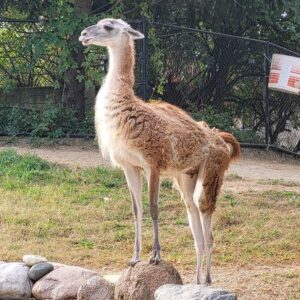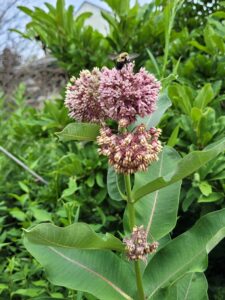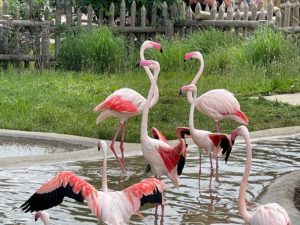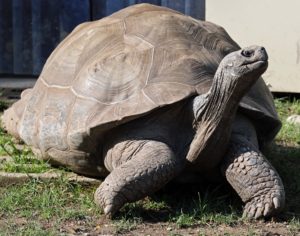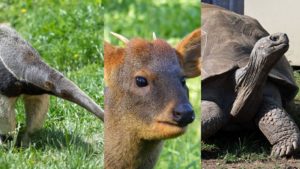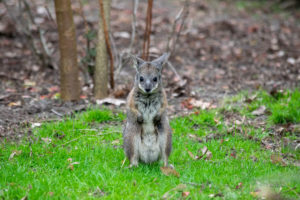Uncategorized
Animal Spotlight, Guanaco
Guanacos are large mammals in the Camelidae family. The family is made up of camels, llamas, alpacas, guanacos and vicuna. With a weight ranging between 200 and 300 pounds, the guanaco is slightly larger than the alpaca, but smaller than the llama. They can reach heights between 3 to 4 feet tall at the shoulders.…
Read MoreProtecting Pollinators
Habitat loss affects many animals including insects that move pollen from plant to plant. If pollen does not get transferred there will be no seeds to grow more plants and both plants and pollinators would cease to exist. When green space is converted to land for crops, monoculture lawns, or planted with non-native plants, pollinators…
Read MorePutting Zoo Conservation
According to the Illinois Department of Natural Resources more than 200 years ago Illinois was home to approximately 8.2 million acres of wetlands. Today, as much as 90% of the state’s original wetlands are gone. Several types of wetlands exist in Illinois. Most of them are in the northeastern and southern parts of the state and along the Illinois…
Read MoreSaving a Species
Once believed to be extinct, the Puerto Rican Crested Toad (PRCT) population has been on the rise. Since 2019, Miller Park Zoo has been working with other accredited institutions to breed a small population of toads for reintroduction into the wild. Our efforts have finally paid off! Recently, we sent off 37 tadpoles to Puerto…
Read MoreLearning at the Zoo
On any visit to the zoo there is much to learn about the animals. You can read the signs, ask a keeper, or just observe. There is something to be learned about every animal. In addition to what you can learn on your own, there are classes, education programs, and events both at the zoo and outside the…
Read MoreFlapjacks and Flamingos
Ever since the Flamingo exhibit opened in June of 2016, greater flamingos have been greeting guests as they enter the zoo. On Saturday July 15 of this year, Silvia Schuh, Events/Volunteer Coordinator turned the tables and made it possible for fifty-seven guests to greet the flamingos as they burst from their overnight digs to have…
Read MoreTortoise Moving Day
On Monday, June 19th, around 9:15 A.M., Gala and Pagos headed for their new home in the recently opened South American exhibit. The distance they traveled could be measured in yards. For half of the journey, they were moved on a rolling platform by a cadre of keepers. After being lifted off the platform,…
Read MoreSouth America Residents
Giant Anteater (Myrmecophaga tridactyla) Distribution: Central and South America from southern Belize and Guatemala to northern Argentina Habitat: swamps, forests, grasslands Life History: 6’ – 8’ ft long; 60 – 100lbs.; Median live expectancy: 19.5 years Diet: Ants, termites, soft- bodied grubs, occasional soft fruit Conservation status: Vulnerable (IUCN) Population declining Myrmecophaga tridactyla is locally uncommon…
Read MoreSouth America Habitats and Building Opening
The highly anticipated South America habitats and building will open to the public June 22. Building construction for the $1.1 million project was completed as planned in April, funded by an Illinois Department of Natural Resources grant, the Miller Park Zoological Society, and the Ewing Zoo Foundation. We know everyone will love “Puddles” the Chilean…
Read MoreA Mob at Miller Park Zoo
Miller Park Zoo’s mob of wallabies is the largest in the United States. A mob usually consists of a single male and several females. Our mob has eleven wallabies and two wallaroo. Wallabies, wallaroos, and kangaroos are marsupials or pouched mammals that differ in size. tendons in their legs make it possible for them to…
Read More

